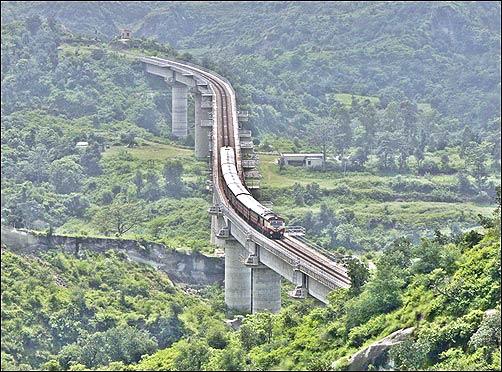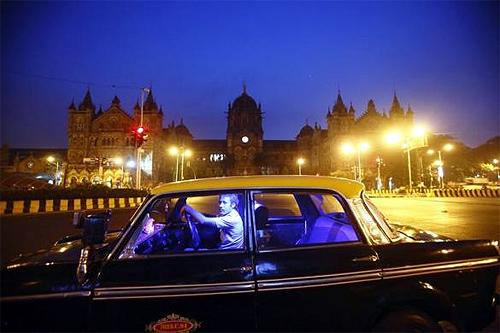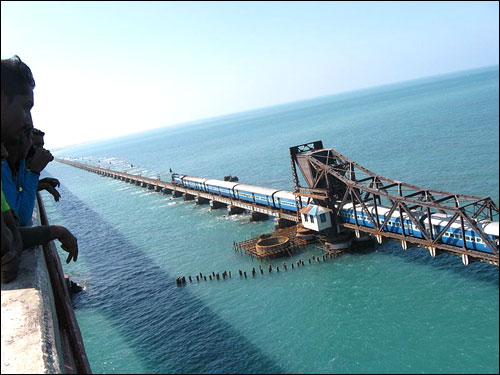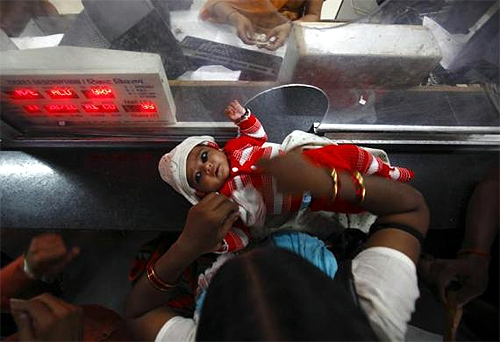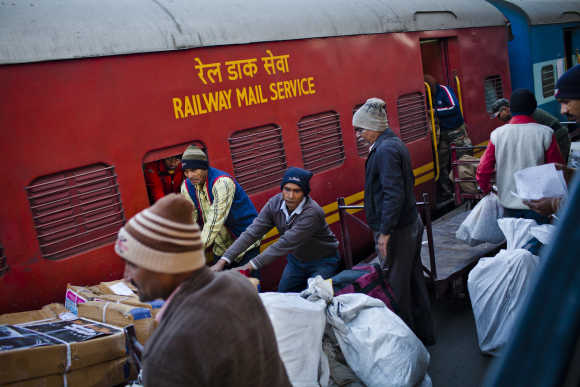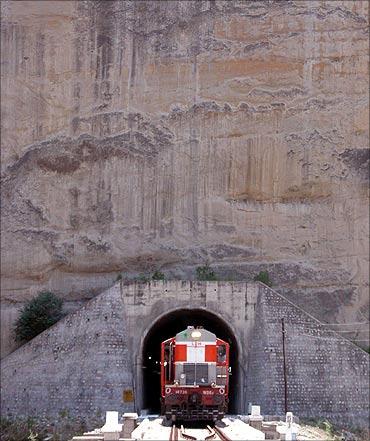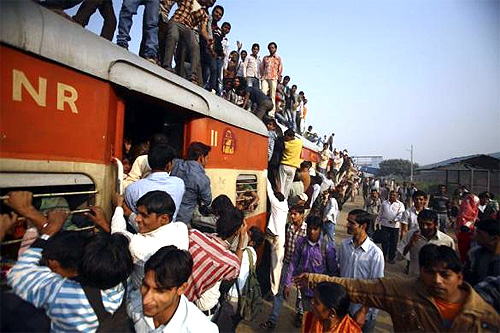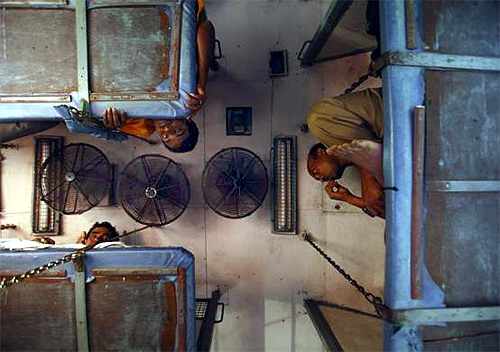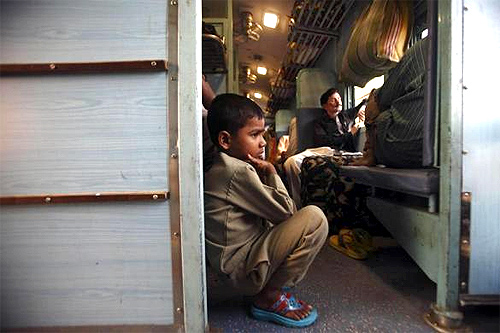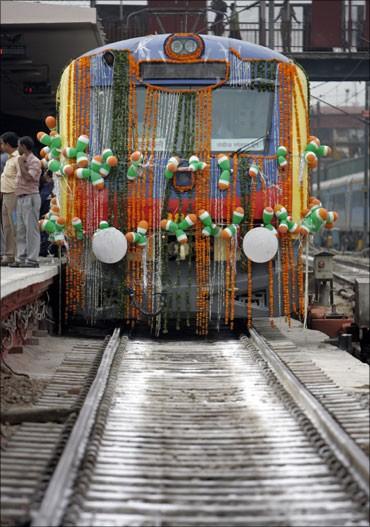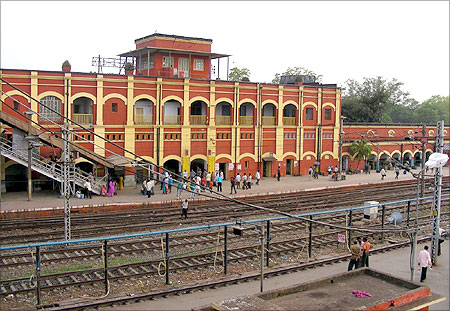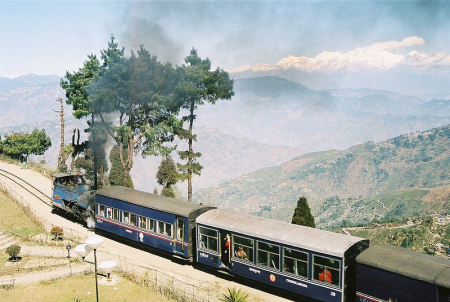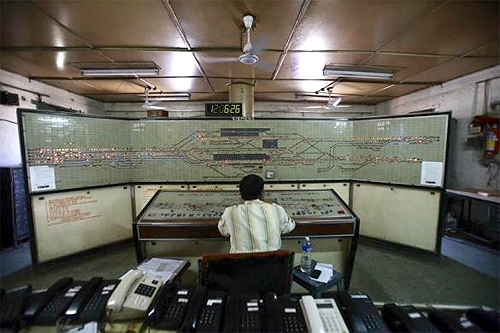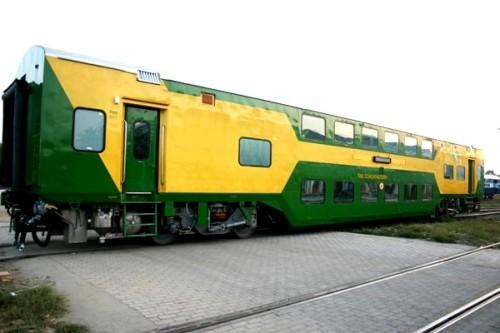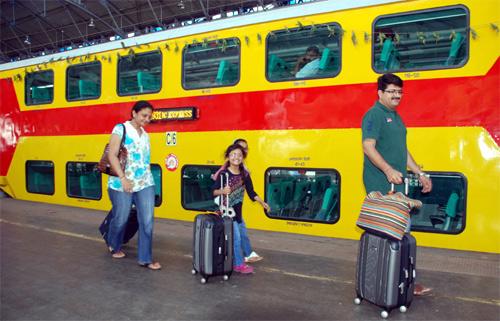 | « Back to article | Print this article |
160 years of Indian Railways: Interesting facts
Hailed as the lifeline of the nation, the Indian Railways started its service 160 years ago on 16 April 1853.
Click NEXT to read more...
160 years of Indian Railways: Interesting facts
The Railways were first introduced in India in 1853 from Bombay to Thane. In 1951 the system was nationalised, making Indian Railways one of the largest networks in the world.
Click NEXt to read more...
160 years of Indian Railways: Interesting facts
The first railway on Indian sub-continent operated over a stretch of 21 miles from Bombay to Thane.
Click NEXT to read more...
160 years of Indian Railways: Interesting facts
The idea of a railway to connect Bombay with Thane, Kalyan and with the Thal and Bhore Ghats inclines first occurred to George Clark, the Chief Engineer of the Bombay government, during a visit to Bhandup in 1843.
Click NEXT to read more...
160 years of Indian Railways: Interesting facts
In the south, the first line was opened on I July, 1856 by the Madras Railway Company. It ran between Vyasarpadi Jeeva Nilayam (Veyasarpandy) and Walajah Road (Arcot), a distance of 63 miles.
Click NEXT to read more...
160 years of Indian Railways: Interesting facts
In the North, a length of 119 miles of line was laid from Allahabad to Kanpur on 3 March 1859. The first section from Hathras Road to Mathura Cantonment was opened to traffic on 19 October, 1875.
Click NEXT to read more...
160 years of Indian Railways: Interesting facts
Today, Indian Railways is one of the world's largest railway networks comprising 115,000 km of track over a route of 65,000 km and 7,500 stations.
Click NEXT to read more...
160 years of Indian Railways: Interesting facts
As of December 2012, it transported over 25 million passengers daily.
160 years of Indian Railways: Interesting facts
In 2011, the Indian Railway carried over 8,900 million passengers annually or more than 24 million passengers daily and 2.8 million tonnes of freight daily.
Click NEXT to read more...
160 years of Indian Railways: Interesting facts
In 2011-2012, the Indian Railways had revenues of Rs 1,11,984.89 crore ($20 billion) -- Rs 69,675.97 crore ($13 billion) from freight and Rs 28,645.52 crore ($5.2 billion) from passengers tickets.
Click NEXT to read more...
160 years of Indian Railways: Interesting facts
Indian Railways is the world's ninth largest commercial or utility employer, by number of employees, with over 1.4 million employees.
Click NEXT to read more...
160 years of Indian Railways: Interesting facts
As for rolling stock, Indian Railway holds over 239,281 Freight Wagons, 59,713 Passenger Coaches and 9,549 locomotives (43 steam, 5,197 diesel and 4,309 electric locomotives).
Click NEXT to read more...
160 years of Indian Railways: Interesting facts
The trains have a 5 digit numbering system as the Indian Railways runs about 10,000 trains daily.
Click NEXT to read more...
160 years of Indian Railways: Interesting facts
Indian Railways has the longest railway platform at Kharagpur (West Bengal). The platform stretches to a length of 2,733 feet.
Click NEXT to read more...
160 years of Indian Railways: Interesting facts
There are two UNESCO World Heritage Sites in the Indian Railways - the Chhatrapati Shivaji Terminus and the Mountain Railways of India.
Click NEXT to read more...
160 years of Indian Railways: Interesting facts
Vembanad Rail Bridge in Kerala is the longest rail bridge in India covering a stretch of 4.62 km.
Click NEXT to read more...
160 years of Indian Railways: Interesting facts
The longest tunnel is Karbude Tunnel of the Konkan Railway which stretches across a distance of 6.5 km.
Click NEXT to read more...
160 years of Indian Railways: Interesting facts
Vivek Express, which runs between Dibrugarh and Kanyakumari, has the longest run in terms of distance and time on Indian Railways network. It covers 4,286 km in about 82 hours and 30 minutes.
Click NEXT to read more...
160 years of Indian Railways: Interesting facts
The first double decker train in India was Pune-Mumbai Sinhagad express plying between Pune and Mumbai.
Click NEXT to read more...
160 years of Indian Railways: Interesting facts
The first double-decker AC train in the Indian Railways was introduced in November 2010, running between the Dhanbad and Howrah stations.
